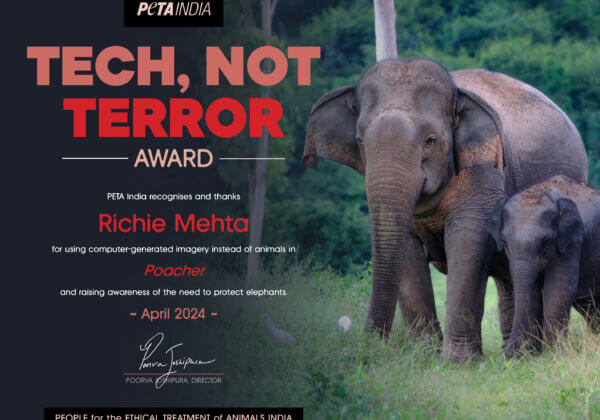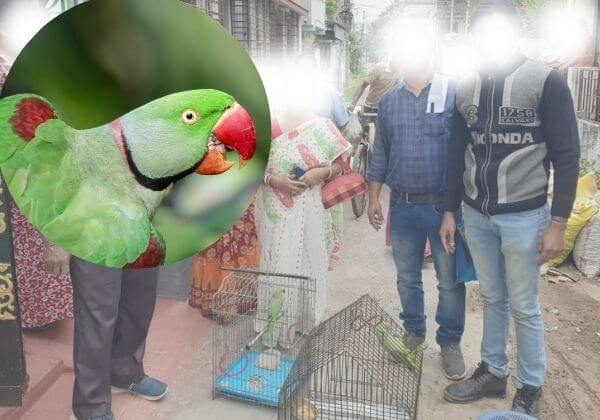Delhi: Glanders Found in Horses Illegally Used to Ply Tongas From Samples Collected by PETA India, Posing Risk to Human Life
The National Research Centre on Equines of the Indian Council of Agricultural Research (ICAR-NRCE) has identified three samples recently collected by PETA India from horses used illegally to ply tongas in Delhi as positive for glanders, a dangerous zoonotic disease that is potentially fatal in humans. ICAR-NRCE has now urged the Delhi Department of Animal Husbandry & Dairying to bring equine movement in and around the area of concern under strict regulation and surveillance for further instances of disease and address the situation with these three horses in accordance with The Prevention and Control of Infectious and Contagious Diseases in Animals Act, 2009.
About 90 horses continue to ply slow-moving tongas in Delhi, constituting a traffic hazard and posing a danger to public health, including through the presence of dung and the carcasses of horses who died in the trade and were left at the roadside, even though Resolution No 590, dated 4 January 2010, passed by the Municipal Corporation of Delhi prohibits the use of horse-drawn tongas in the city.
To help equines and bulls forced to work in Delhi and to provide their impoverished owners and families with better opportunities for earning a livelihood, PETA India has already encouraged 78 horse owners and 56 bullock owners to replace their carts with battery-operated e-rickshaws. Through this initiative, PETA India has sent over 134 rescued animals to sanctuaries. Now, PETA India has once again written to Delhi government officials to request that they prohibit the keeping and use of equines in the city, including by ensuring strict enforcement of the 2010 ban on the use of horse-drawn tongas. PETA India has also offered to help rehabilitate any horses in need.
Although 40 horses tested positive for glanders in 2018, eight in 2019, and one in 2020, suitable action to prohibit the movement of equines in the city has not taken place.
Glanders is a contagious, life-threatening disease in equines, and humans can also become infected from contact with animals. It can be transmitted through inhalation via infected aerosols or contaminated dust or contact with the tissues or body fluids of infected animals. The bacteria can also infect humans through cuts or abrasions in the skin and through mucosal surfaces such as the eyes and nose. It can result in abscesses in the lungs, spleen, and/or liver. Without immediate and proper treatment, it is usually fatal.








